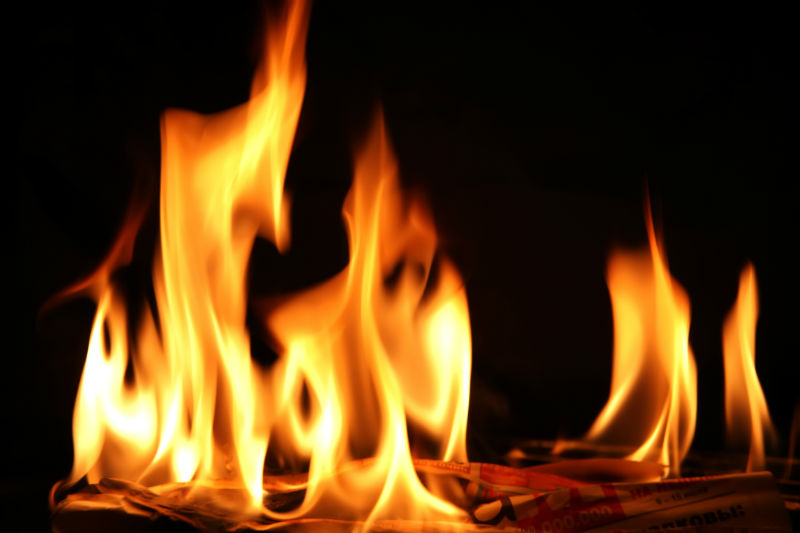
by Renee Brigman | Oct 21, 2016 | Chimney Inspection
When wood is heated, burnable hydro-carbon gases are released. When the gases get hot enough and mix with air — there is fire. When the fire is not burned hot enough, the unburned gases condense and collect on the inside of stovepipes and flues as runny acids...
by Renee Brigman | Apr 23, 2014 | Chimney Maintenance, Fire Safety, Fireplace maintenance
Keeping your chimney clean isn’t one of those domestic tasks that screams for attention. However, it is critical to have at least one inspection every year and to have a chimney swept if the inspection shows that it needs to be cleaned. To schedule an appointment for...


